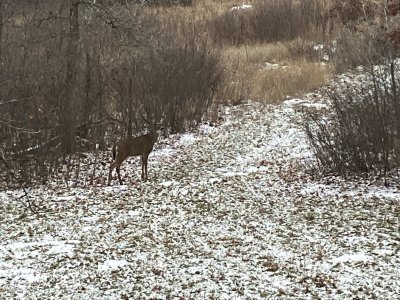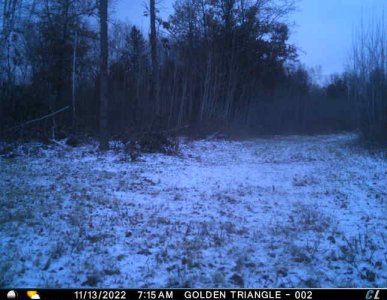Catscratch
5 year old buck +
Did a quick search for start of harvest dates per state.
MN came up with;
Rye - July 15th
Winter Wheat - July 18th
Oats - July 24th
Barley - July 26th
So if you're just looking for a cereal that heads out late then you might buy a couple of weeks with barley instead of rye. The data I looked at didn't account for different or improved varieties.
MN came up with;
Rye - July 15th
Winter Wheat - July 18th
Oats - July 24th
Barley - July 26th
So if you're just looking for a cereal that heads out late then you might buy a couple of weeks with barley instead of rye. The data I looked at didn't account for different or improved varieties.


